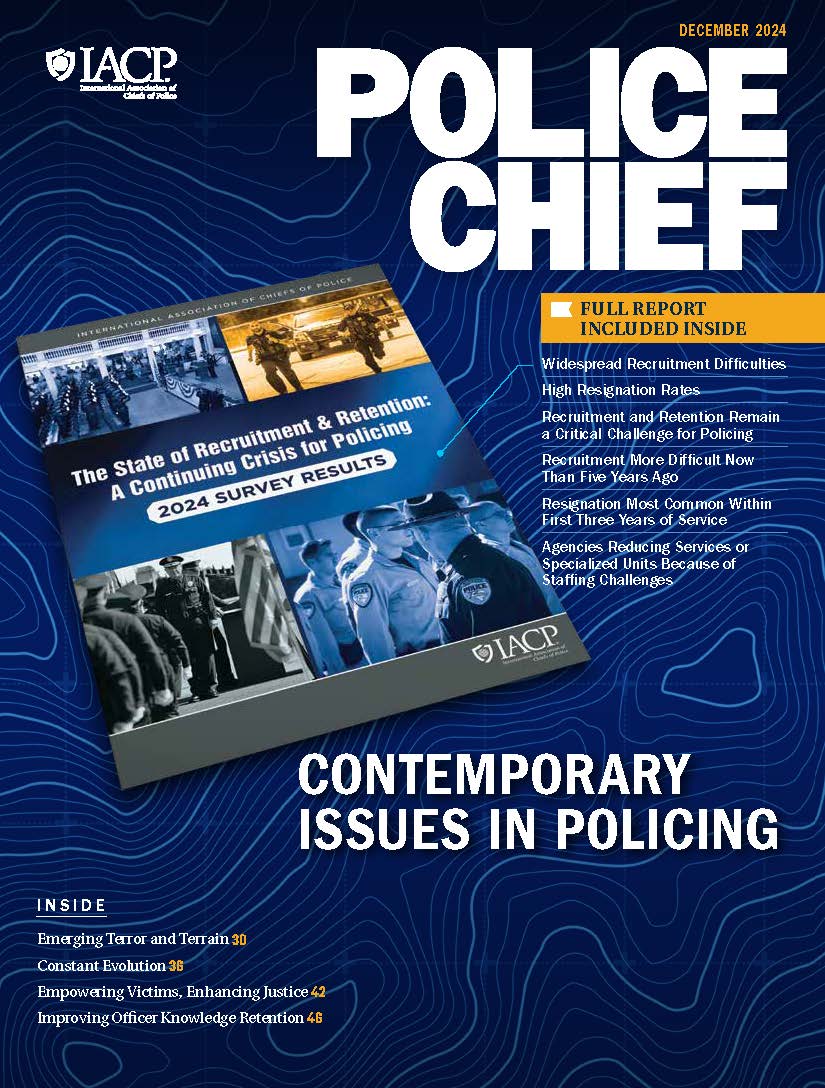IACP@Work: Search and Rescue
Getting Home Safe
Law enforcement officers are often responsible for the search and rescue of persons who go missing, and they face various challenges when the missing individuals have forms of dementia such as Alzheimer’s, and intellectual developmental disabilities (IDD), such as autism.


